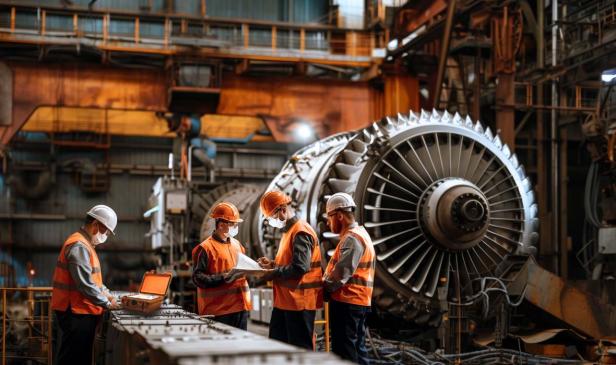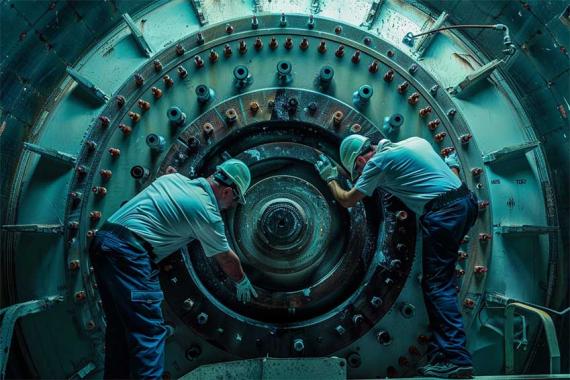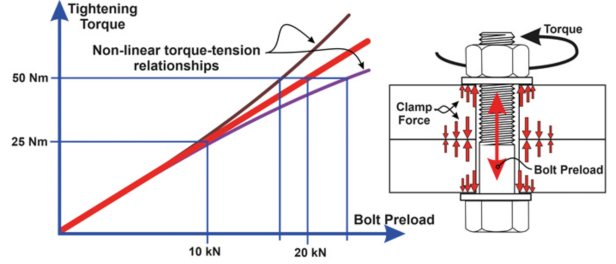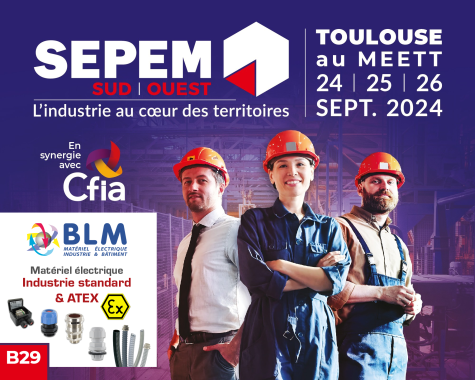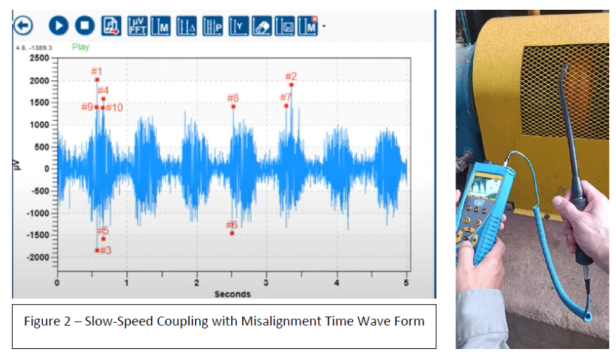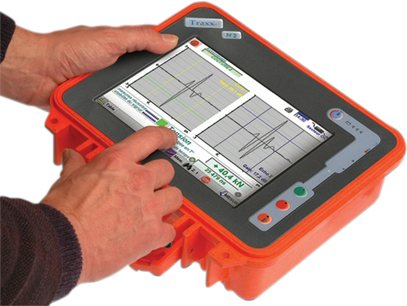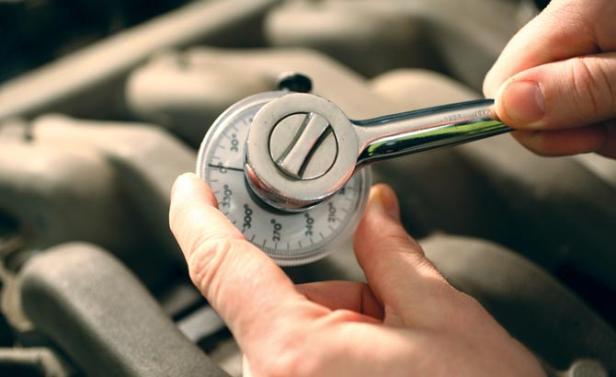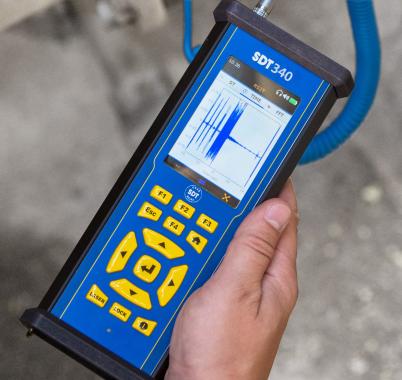The Mechatronics Guide: an ally to enhance your industrial products

Mechatronics, a discipline merging mechanics, electronics, automation and IT, is revolutionizing contemporary industry. But who and what is it for? How does it fit into the Industry 4.0 era? “The guide for mechatronic transformation in business”, launched during the Global Industrie 2024 exhibition, by the ARTEMA union explores these crucial questions. Available online for free, it offers a practical overview and concrete examples of the mechatronic transformation of industrial processes. Laurence Cherillat, General Delegate of the ARTEMA union , discusses for us the publication and free online availability of this essential tool for any manager who wishes to give added value to their product .
What is mechatronics?
Mechatronics is an interdisciplinary discipline from the design phase of products, aiming to improve their functionality and those of the systems in which they are integrated. This approach promotes the creation of more compact and intelligent systems, thus making it possible to optimize the production chain while reducing the use of materials. Mechatronics is found in various industrial components such as sealing, fasteners and transmissions, whether hydraulic, pneumatic or mechanical. Although often unknown to the general public, it has become essential in all stages of production, playing a crucial role in communication with machines. Professionals specializing in mechatronics occupy key positions in different industries, including transportation and manufacturing. The miniaturization of sensors has greatly contributed to the development of this discipline.
What contribution does mechatronics make to industry and why is it considered a technology of the future?
Mechatronics is essential in Industry 4.0. For example, it allows online monitoring and preventive maintenance with 10% increased precision. It allows up to 90% energy savings and uses “smart” materials for superior performance with 30% less mass and 50% less wiring. Present in various sectors such as transportation, food processing and robotics, it offers advanced customization and artificial intelligence integration, meeting market demands.
How was this idea for a guide born?
The “Mechatronics” Commission, common denominator for ARTEMA professions (Industrial sealing, Special manufacturing, Fastenings, Transmissions: hydraulic, mechanical, pneumatic, Bearing and linear guidance), brings together interested members around innovative subjects likely to influence the future developments in mechatronics. She began her work on mechatronics around 16 years ago. At the time, mechatronics was little known among manufacturers and raised many questions. Several exchanges and collaborations with laboratories were necessary to explore these crucial questions in greater depth. For example, the first study focused on the reliability of mechatronic systems. Over the years, we have accumulated a vast body of knowledge and developed solid expertise on the subject. It therefore seemed natural and judicious to the industrial members of this commission to share these achievements by putting them into practice in the form of a guide.
What are its objectives ?
This guide aims to provide certain keys and good practices to support managers and stakeholders in the industrial transformation of their companies.
- Increase the mechatronicity of products to generate more added value, particularly in terms of energy efficiency and the provision of services associated with products in the industry.
- Conquer new markets.
- Stimulate growth dynamics.
What can we find in this guide?
The guide for mechatronic transformation in Business is aimed at business leaders and their teams, interested in mechatronic innovation.
- It offers a mechatronicity self-assessment tool, developed in partnership with the Symme laboratory at Savoie-Montblanc University. This tool makes the change process more concrete and easier to understand. It evaluates both components and the company as a whole, providing a comprehensive view of the company's mechatronics situation.
- Quantified data on the importance of mechatronics in France, such as the prediction that, by 2025, mechatronics will represent 44% of the turnover of ARTEMA professions.
- Thematic sheets developed by ARTEMA manufacturers, providing good practices, advice and feedback to understand what can be undertaken, and the pitfalls to avoid. Among these sheets, we find: Changes necessary for the company, innovation marketing, innovation management, sales strategy, etc."
The beginnings of mechatronics… The instrumented wheel bearing
One of the first practical examples of mechatronics appeared during the development of the anti-lock braking system (ABS). At the time, it was essential to know the rotational speed of the wheels to avoid them locking when braking. Engineers identified bearings as the closest components to gather this information. Thus, they integrated magnetic encoders on the bearings, thus marking the beginning of mechatronics applications.
Artema
Leading professional organization bringing together players in the mechatronics industry. It has around 150 companies that specialize in the design, manufacturing, marketing and maintenance of the components, solutions or systems they produce. Its members are SMEs, mid-sized companies and international groups operating in various fields such as industrial sealing, fasteners, mechatronics, bearings and linear guides, as well as hydraulic, pneumatic and mechanical transmissions.
These professions represent:
- A total turnover of 8.5 billion euros, half of which is generated by exports.
- 35,000 employees in France
These professionals, affiliated with the federation of mechanical industries, are at the heart of all industries, particularly in the transport sector (planes, boats, trucks, space, cars) and play an essential role in many processes of the manufacturing industry , whether stationary or mobile (agriculture, public works).
Our other news
See allJoin the largest community of industrial suppliers
- Helping you with your ongoing technology watch
- Provide you with detailed supplier statistics
- Give you international visibility
Discover the largest catalogue of industrial products on the market
- To offer you the best catalogue of industrial products on the market
- To guarantee you a 100% secure platform
- Enable you to have live remote exchanges
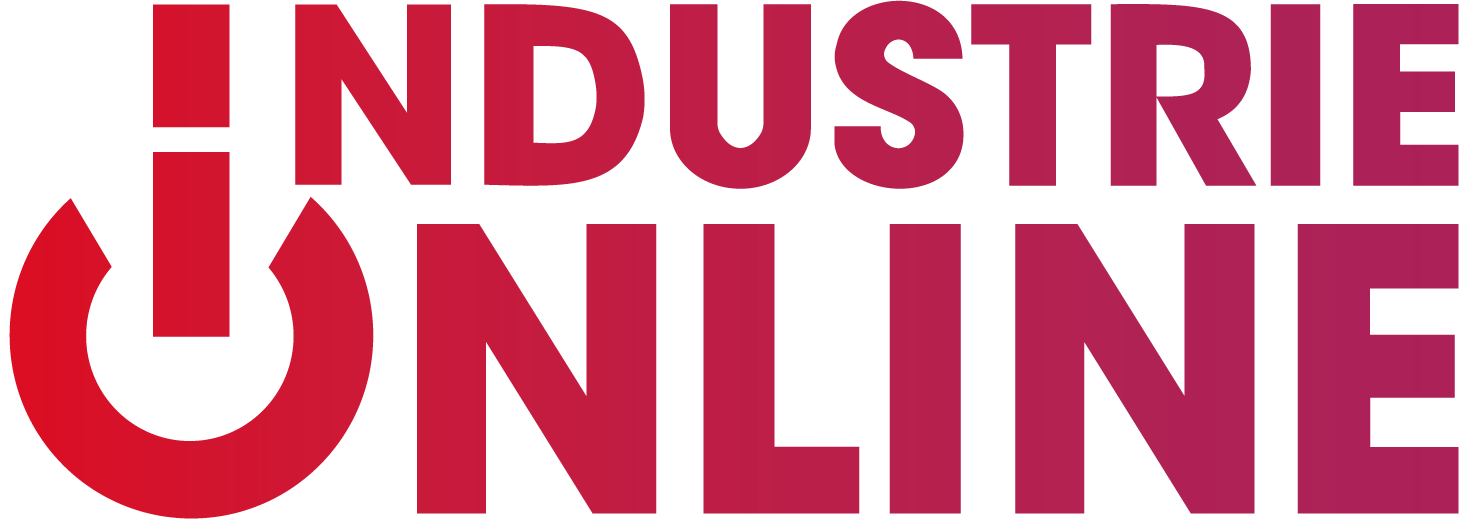

 Français
Français